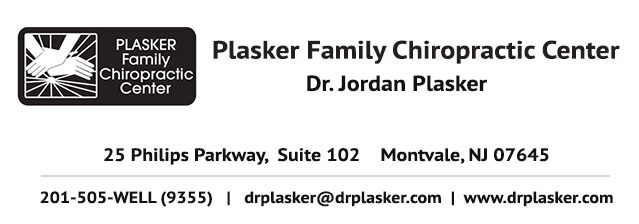Opioid Usage Reduced with Chiropractic According to StudyA study published on November 3, 2022, in BMC Health Services Research showed that people with chronic pain who were prescribed opioids reduced or eliminated their opioid intake when under chiropractic care as opposed to those not receiving chiropractic. The study was conducted over a six year period on patients at a Ontario community health center.
There have been a number of studies that show that people who are under chiropractic care for chronic pain issues are less likely to get or take a opioid prescription. This study looked at people who were already taking opioids who then began chiropractic care. The study stated, "Emerging evidence suggests that access to chiropractic care may reduce the likelihood of initiating an opioid prescription for spinal pain; however, the impact of chiropractic care for patients already prescribed opioids is uncertain."
In this study, researchers looked at the records of 210 patients between January 1, 2014, and December 31, 2020. All the patients were at the Ontario community health centre (CHC) and receiving opioid therapy for chronic spinal pain that was not coming from cancer of any type. The number of refills and strength of dosages was reviewed for all patients. Of specific interests was the usage and dosage of opioids being used by those patients who started chiropractic care after having been on opioid therapy.
A 12 month follow-up with all the patients clearly showed that there were lower rates of opioid prescriptions being filled by those under chiropractic care when compared to those who did not receive chiropractic. Additionally, the researchers found that the strength of the opioid prescriptions were either not increased, were decreased, or even discontinued for the group of patients who started chiropractic care.
In addition to the overall positive results for those under chiropractic care, the researchers conducted selective interviews with 14 patients and 9 general practitioners from the CHC to see their comments of the introduction of chiropractic care. One of the patients commented, "When I first started coming [to see the chiropractors at Langs] I couldn’t hardly walk and get in my car, to get in and out of the car, it was a challenge. And after a few chiropractor treatments, it got much better. And some days I couldn’t even turn my head sideways to see driving the car, and that got fixed. It’s gone well."
Many of the general practitioners involved in the study also had positive comments about chiropractic care. One stated, "It really brings home this message of – a chemical going into your body is only one way to influence this. So, if somebody’s having a positive experience [with chiropractic treatment], and we have had lots of people who’ve had positive experiences, it can mean the difference between not increasing a dose [versus increasing a dose]. Not starting a dose? I would say that there probably are situations where we’ve had that as well."
In their discussion, the researchers summed up the results and explained some of the overall patient understanding of opioid verses chiropractic care. Among patients receiving long-term opioid therapy for chronic non-cancer spinal pain, we found that initiating chiropractic care was associated with fewer fills and refills for prescription opioids and, when prescribed, reduced dosage of opioids. Based on our qualitative findings, use of opioids was influenced by patients’ self-efficacy and concerns about opioid-related harms, recognition of the limited effect that opioids may have on chronic pain, increasing stigma regarding use of opioids, and access to non-pharmacological treatment options." |




